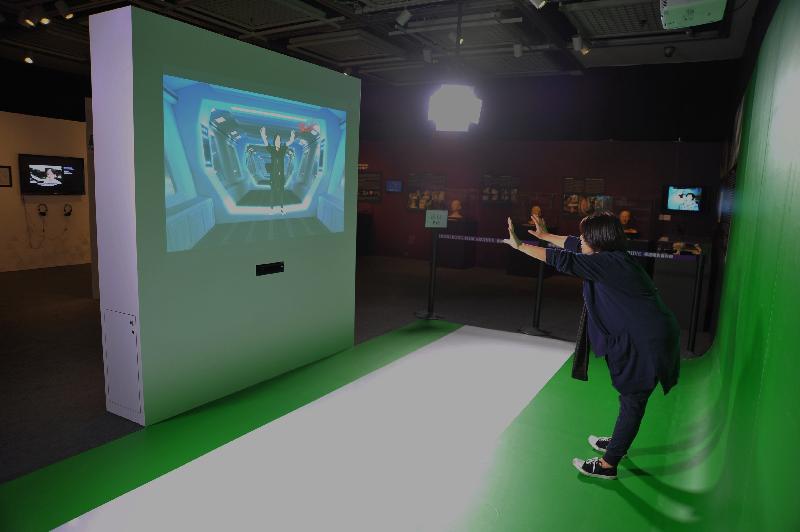HK Film Archive presents "Magic on the Screen: Hong Kong Cinematic Effects" exhibition (with photos)
******************************************************************************************
Due to the war and the resultant limited resources for filmmaking, the development of special effects in early Hong Kong cinema was hindered. However, the precursors utilised photography and darkroom printing techniques, complemented by make-up, sets, scale models and props, to create some rudimentary yet interesting visual effects like flying swords and monsters played by humans. In the 1950s and '60s, the Hong Kong studios began to reach out to Japanese counterparts for the latest technologies and talents, through which they advanced the making of special effects.
The Shaw Brothers studio in the 1970s was capable of producing home-grown special effects features, notably "The Super Inframan" (1975) and "The Mighty Peking Man" (1977). Following the Hollywood special effects craze, Hong Kong cinema strode into the 1980s with a brand new outlook on technology which produced a line of films mixing Western and local visual effects techniques, including "Zu: Warriors from the Magic Mountain" (1983), "Twinkle Twinkle Little Star" (1983) and "The Legend of Wisely" (1987). Numerous special effects talents also set up their own production companies, which lent their craft to a string of popular hits among mysteries and thrillers as well as wuxia and action films in the 1980s and '90s.
From the late 1990s to the new millennium, Hong Kong cinema stepped into the digital era. "The Stormriders" (1998) was lavishly animated with more than 550 special effects shots, which was a breakthrough in local filmmaking. Its success fostered confidence in using computer-generated imagery (CGI) in the industry, and the subsequent CGI works, such as "Master Q 2001" (2001), "Kung Fu Hustle" (2004) and "CJ7" (2008), impressed audiences as well. In recent years, the application of CGI animation has continued to soar while the cost of animation software has fallen. Even though the standard of Hong Kong CGI may pale in comparison with that of Hollywood, its well-choreographed, brilliant action sequences and deft mise-en-scène are bursting with an energy and creativity all its own.
Apart from showcasing the development of special effects in Hong Kong cinema, the exhibition is also displaying iconic special effects scenes and the making of a special effects scene. Interactive multimedia installations are set up at the venue to enable visitors to experience the magic and fun of special effects tricks. The HKFA has teamed up with the Hong Kong Design Institute and invited its students to digitally recreate the hand-crafted special effects scenes from old Hong Kong films. Their finished works have been curated into "Cantonese Films across the Past and the Present" and are also on display in the exhibition.
Two seminars in Cantonese will be held at the HKFA Cinema with free admission. "The Succession of CG in Film: A Conversation", will be held at 3pm on January 21 next year with CGI expert Victor Wong and lecturers of the Hong Kong Design Institute Ken Lee and Yip Pak-to as the speakers sharing their experiences. "All about Special Effects Make-up" will be held at 3pm on February 12 next year. Special effects make-up artist Jenson Ho will tell the insider stories of the industry from training to the making of various types of special effects make-up.
Admission to the exhibition is free. For details, please visit the website at www.lcsd.gov.hk/ce/CulturalService/HKFA/en_US/web/hkfa/programmesandexhibitions/highlights.html or call 2739 2139.
Ends/Friday, December 9, 2016
Issued at HKT 18:25
Issued at HKT 18:25
NNNN








